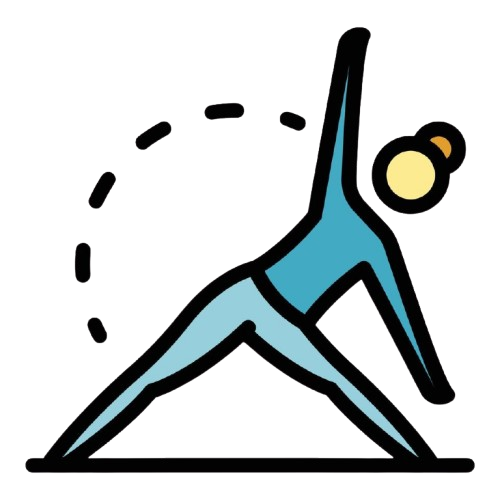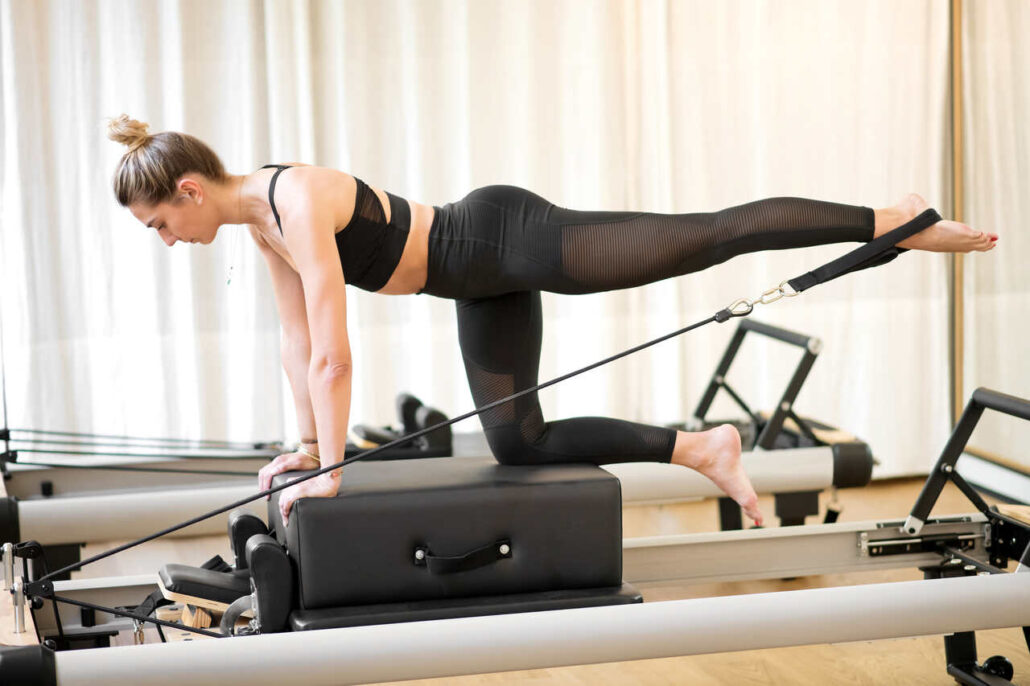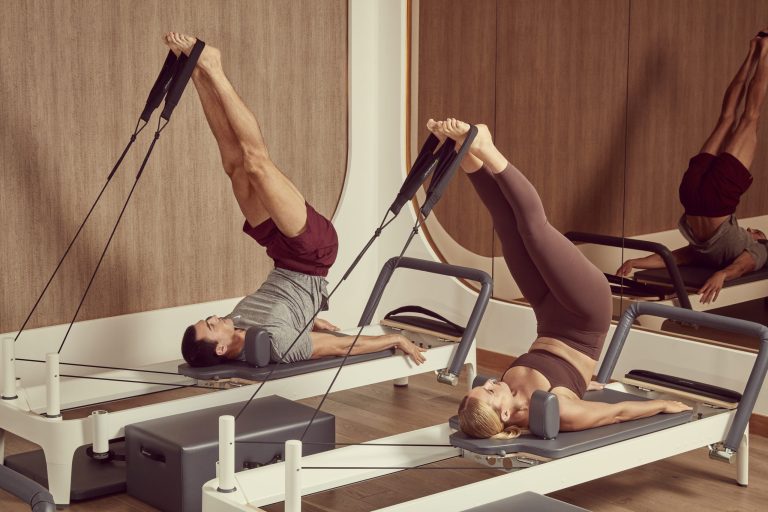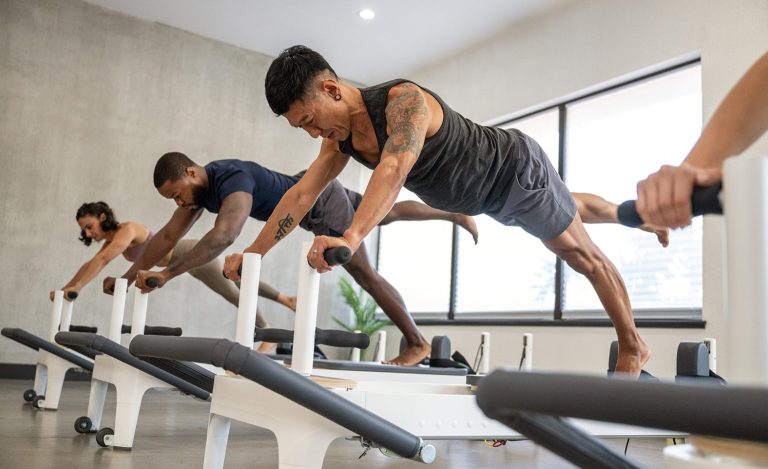The Power of Pilates: Strength, Flexibility, and Mindful Movement
In a world full of high-intensity workouts and digital distractions, more people are turning to movement methods that build not just physical strength, but inner balance. One practice that continues to grow in popularity is Pilates—a gentle yet powerful form of exercise that focuses on core strength, alignment, flexibility, and controlled movement.
Whether you’re new to fitness or looking to enhance your current routine, Pilates offers something unique: a full-body workout that centers the mind, tones the body, and supports long-term wellness.
What Is Pilates?
Pilates is a system of low-impact exercises designed to strengthen muscles, improve postural alignment, and enhance flexibility. It was developed in the early 20th century by Joseph Pilates, a German physical trainer who originally called it “Contrology”—the art of controlling your body with your mind.
Pilates can be done on a mat using your own body weight, or on specialized equipment like the Reformer, Cadillac, or Wunda Chair, which use springs and pulleys for resistance.
Core Principles of Pilates
There are six classical principles that guide every Pilates session:
- Concentration – Full mental focus on each movement
- Control – Precision in form and movement
- Centering – Activating the core, or “powerhouse”
- Flow – Smooth, graceful transitions
- Precision – Attention to detail in alignment
- Breath – Conscious breathing to support movement and focus
These principles make Pilates not just a workout—but a mindful movement practice.
Key Benefits of Pilates
1. Improves Core Strength
Pilates is best known for targeting the core—the deep abdominal muscles that support the spine and posture. A strong core can improve your balance, reduce back pain, and enhance performance in other activities.
2. Enhances Flexibility and Mobility
By focusing on lengthening the muscles and promoting a full range of motion, Pilates increases flexibility without sacrificing strength.
3. Builds Long, Lean Muscles
Unlike heavy strength training, Pilates focuses on eccentric muscle contractions, which help create toned, lean muscles rather than bulk.
4. Promotes Better Posture
Through alignment and awareness, Pilates helps counteract poor posture—ideal for anyone who sits at a desk or looks at a screen all day.
5. Boosts Body Awareness and Mindfulness
Each movement in Pilates is intentional. Over time, you’ll gain a deeper understanding of how your body moves and how to move more efficiently and safely.
6. Adaptable for All Levels
From elite athletes to postpartum moms and seniors, Pilates can be modified for every age, body type, and fitness goal.
Types of Pilates
There are two main categories:
✦ Mat Pilates
- Done on a yoga mat using bodyweight
- Accessible, inexpensive, and ideal for home practice
- Focuses on foundational movements and core stability
✦ Reformer Pilates
- Uses a Reformer machine with spring-based resistance
- Offers more variation and intensity
- Often done in studios or gyms with certified instructors
What to Expect in a Pilates Class
- Duration: Typically 45–60 minutes
- Setting: Small group or private sessions
- Attire: Comfortable, form-fitting clothing; no shoes (grip socks recommended)
- Pace: Slow and controlled with a focus on breath and form
- Equipment: Mat, resistance bands, balls, rings, or Reformer machines
Getting Started with Pilates
🧘♀️ For Beginners
Start with a beginner-friendly mat class or follow along with a YouTube video or Pilates app. Look for instructors certified through reputable organizations like STOTT Pilates, Balanced Body, or Polestar.
🧍 For Those with Injuries or Chronic Pain
Work with a certified instructor who has experience with rehabilitation. Pilates is often used in physical therapy because of its low-impact, alignment-based approach.
💪 For Athletes or Fitness Enthusiasts
Use Pilates to cross-train. It can improve mobility, prevent injury, and increase performance in sports, weightlifting, and endurance training.
Sample Beginner Mat Pilates Routine
Try this short sequence to get a feel for Pilates at home:
- Hundred (Core activation & breath control)
- Roll-Up (Spinal articulation & abdominal strength)
- Single Leg Stretch (Coordination & core control)
- Leg Circles (Hip mobility & stabilization)
- Bridge (Glute strength & spine flexibility)
- Spine Twist (Core & obliques)
- Child’s Pose (Rest & reset)
Final Thoughts
Pilates is more than just a workout—it’s a practice of mindful movement that nurtures both body and mind. It builds strength from the inside out, supports better posture, and leaves you feeling both energized and centered. Whether you’re recovering from an injury, starting your fitness journey, or looking for a deeper connection to your body, Pilates offers a sustainable, empowering path.
So roll out your mat, take a deep breath, and begin moving with purpose.



